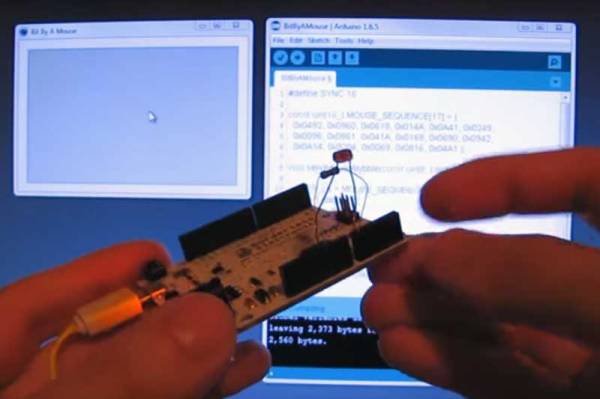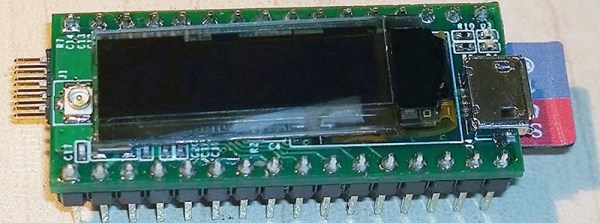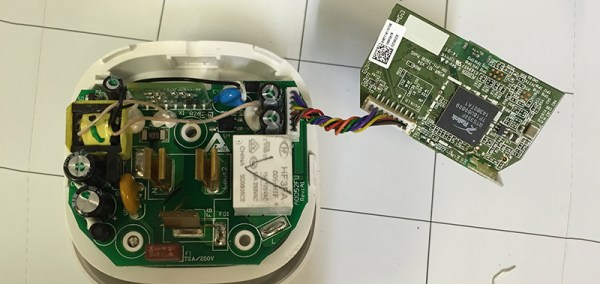A month ago, we ran a post about [Jim]’s rare and strange transparent microchips. He’s back at it again, this time taking a look at the inner workings of MOSFETs
The Unallocated Space hackerspace is moving, and they’re looking for a few donations to get the ball rolling.
Yes, it’s a Kickstarter for a 3D printer, but the LumiPocket is interesting, even if only on the basis of the engineering choices. It’s a UV laser resin printer, and they’re using a SCARA arm to move the laser around. They’re also doing a top-down resin tank; it requires more resin, but it seems to work well enough.
Around DC or northern Virginia? We’re going to be there on September 11th through the 13th. We’re holding a Hackaday Prize Worldwide meetup at Nova Labs in Reston, Virgina. Sign up now! Learn KiCAD with [Anool]! Meet [Sudo Bob]! It’ll be a blast.
Not around DC or NOVA? This Wednesday we’ll be hosting another chat on .io.
The GEnx is one of the most beautiful and advanced engines in the world, and that means [Harcoreta] oven on the RC groups forums has made one of the most beautiful electric ducted fans in the world. On the outside, it looks like a GEnx, including reverse thrust capabilities, but inside it’s pure electronics: a brushless motor rotates a 100mm, 18-blade fan. He’s hoping to mount it on a Bixler (!). We can’t wait for the video of the maiden.






















